Sheikh Mohammed approves Dubai Metro's underground Blue Line
All the information on the proposed new Dubai Metro Line…
We’re often being told that flying taxis and driverless cabs are an inevitable part of Dubai’s glittering transport future, and if you’re doing the daily commute in and out of Sharjah – we understand that the idea of vertical queue skipping must sound pretty attractive. But there’s another mode of transport that’s been hitting headlines today, and we’re fully on-board with it.
A Blue Line for Dubai’s Metro was first discussed back in 2006, along with other potential lines and expansion of the existing Red and Green lines. Plans changed amid the global economic slowdown, but – much like the revived Palm Jebel Ali project, the Blue Line now looks like it might be back on track.
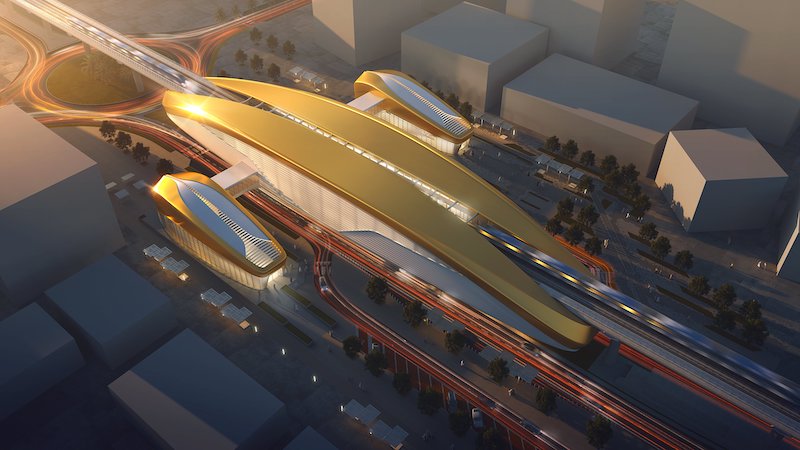
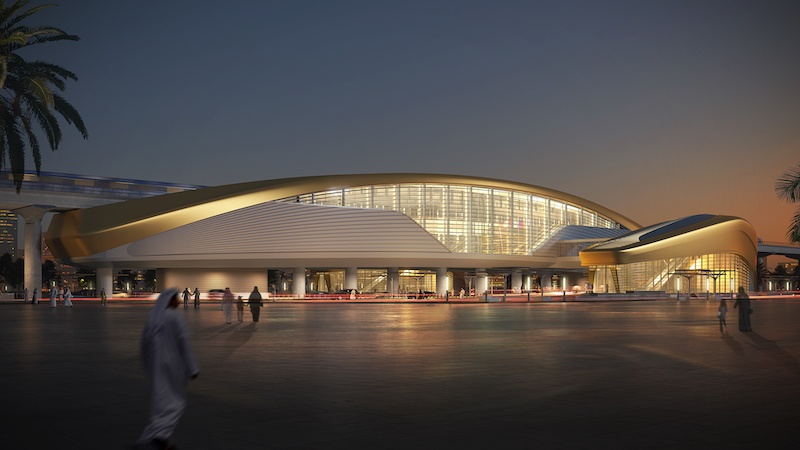
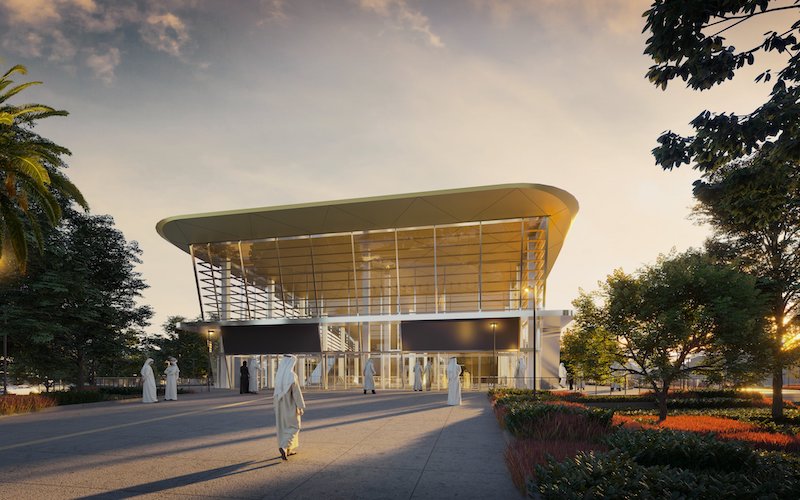
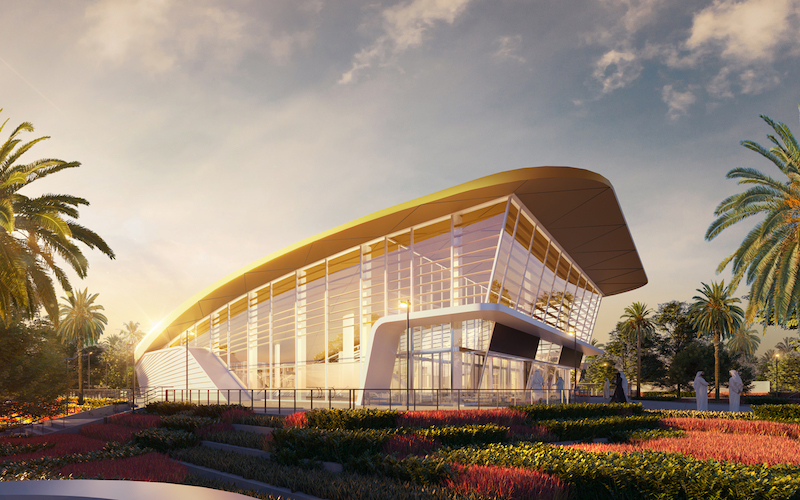
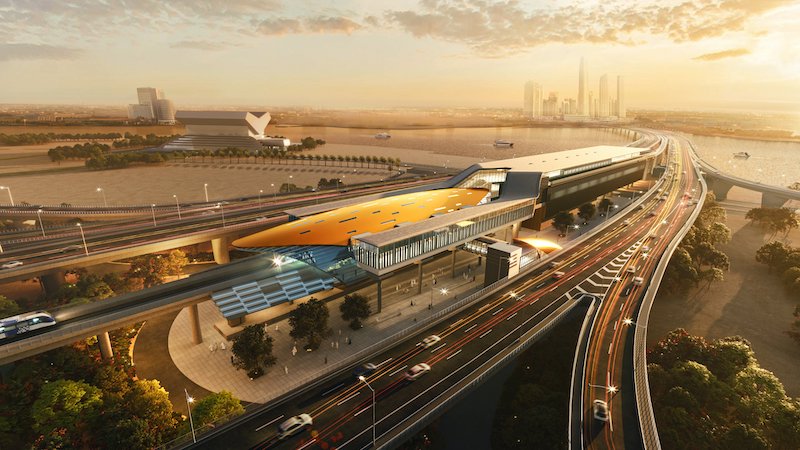
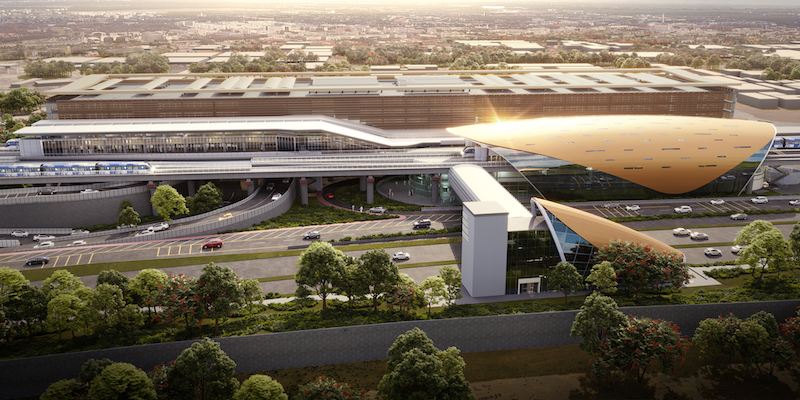







Metro Blue Line 5
Metro Blue Line 6
Metro Blue Line 4
Metro Blue Line 3
Metro Blue Line 2
Metro Blue Line 1
An article that appeared on Meed.com in October, revealed that the emirate’s Roads & Transport Authority (RTA) was actively seeking contractors to build the project. And the scope of work outlines attached to the job reveal some pretty exciting potential features of the big Blue choo-choo.
Royal approval
And now, the project has been officially approved by H.H Sheikh Mohammed bin Rashid Al Maktoum Vice President of the UAE and Ruler of Dubai. In a message to his followers on X, he stated “we have approved the largest new project in the public transport sector in Dubai.. “The Blue Line Route of the Dubai Metro”… with a length of 30 km, half of which is underground, at depths of up to 70 metres.. and at a cost of 18 billion dirhams.
اعتمدنا بحمدالله أكبر مشروع جديد في قطاع النقل العام في دبي .. “مسار الخط الأزرق لمترو دبي ” .. بطول 30 كم نصفه تحت الأرض بأعماق تصل ل70 متر .. وبتكلفة 18 مليار درهم .. ويغطي مناطق يصل سكانها مليون نسمة .. مثل مرسى خور دبي، وفيستيفال سيتي والمدينة العالمية والراشدية والورقاء… pic.twitter.com/ykKRZdjKvC
— HH Sheikh Mohammed (@HHShkMohd) November 24, 2023
We’re going underground
Top of the tantalising train facts list is that, the majority of the 30m track will be underground (about 15.5km in total) to a depth of up to 70 metres, with five of the proposed 14 stations being designated as ‘underground stations’.
#Dubai Metro’s Blue Line … A new chapter in #Dubai‘s development and sustainable transportation.@rta_dubai pic.twitter.com/DQ0WHWV6U7
— Dubai Media Office (@DXBMediaOffice) November 24, 2023
This puts Dubai in the same subterranean mass transit category as cities such as London, Paris, Shanghai, New York, Brussels, Delhi, Sydney, Toronto, Cairo and, ahem, Glasgow. And there’s something deeply enchanting about these troglodytic networks of conveyance, romantic even, in enabling people to thunder silently through the belly of a churning, always-on city.
Mind the gap
Other interesting Blue Line features outlined in the Meed article are that the successful contractor will need to oversee the “supply 28 driverless trains, the construction of a depot to accommodate up to 60 trains, and the construction of all associated roads, facilities and utility diversion works.”
Next stop
The Blue Line will connect the existing Red and Green lines, and function on a similar electromechanical system to the legacy lines. In his announcement, HH Sheikh Mohammed also revealed some of the proposed stops – Marsa, Dubai Creek, Festival City, International City, Al Rashidiya, Al Warqa, Mirdif, and urban areas such as Silicon Oasis, and Academic City.
The cost is expected to run to around Dhs18 billion and it’s set to carry 320,000 new passengers daily by 20240.
#Dubai Metro Blue Line project, the 30-kilometre new line includes 14 stations, encompassing three key interchange stations: The Creek, Centrepoint, and International City 1 Stations, along with an iconic station at Dubai Creek Harbour. pic.twitter.com/0Kiwdi1JtF
— Dubai Media Office (@DXBMediaOffice) November 24, 2023
Master plan
This rail development supports the larger remit of the Dubai 2040 Urban Master Plan, which in addition to rejuvenating and consolidating facilities in key Dubai communities, also includes plans for the city’s transport system.
The plan aims to place 55 per cent of the population within 800 meters of a main public transport station. And to promote and facilitate mass transit use, walking, cycling as well as more flexible means of transportation.
Mass transit systems are also strong traffic-reducing, more environmentally-friendly transport solutions too. A running theme within the 2040 project. It also seeks to double green and recreational land, to establish green corridors and more protected nature reserves, and generally enhance environmental sustainability.
Images: Getty
